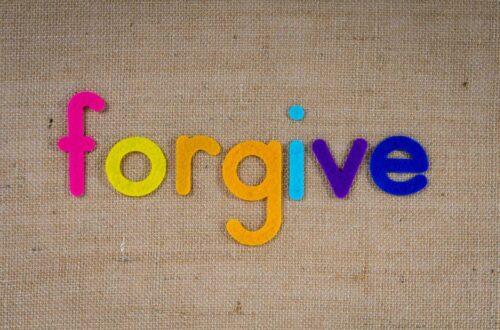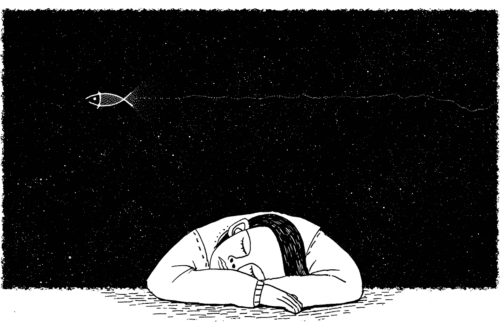Obsessive-Compulsive Disorder (OCD) is a mental health condition that affects millions of people worldwide. While medication can be helpful, behavioral therapy has emerged as one of the most effective treatments for OCD. This comprehensive guide will explore the various behavioral therapy techniques used to treat OCD, their effectiveness, and how they can be incorporated into a treatment plan.
Understanding OCD: More Than Just Quirks
Before delving into treatment options, it’s crucial to understand what OCD truly is. OCD is characterized by persistent, intrusive thoughts (obsessions) and repetitive behaviors or mental acts (compulsions) that a person feels compelled to perform to alleviate anxiety or prevent a feared outcome.
According to the National Institute of Mental Health, OCD affects about 1.2% of U.S. adults in a given year. It’s more than just being tidy or having certain preferences; OCD can significantly impair a person’s daily functioning and quality of life.
The Role of Behavioral Therapy in Treating OCD

Behavioral therapy, particularly Cognitive Behavioral Therapy (CBT), has been shown to be highly effective in treating OCD. A meta-analysis published in the Journal of Clinical Psychiatry found that CBT is associated with significant improvements in OCD symptoms.
The primary goals of behavioral therapy for OCD are to:
- Reduce the frequency and intensity of obsessions
- Decrease the urge to perform compulsions
- Improve overall quality of life
- Provide coping strategies for managing OCD symptoms
Let’s explore some of the key behavioral therapy techniques used in treating OCD.
Exposure and Response Prevention (ERP)
Exposure and Response Prevention (ERP) is considered the gold standard in behavioral therapy for OCD. This technique involves gradually exposing the individual to situations that trigger their obsessions while preventing the performance of compulsions.
How ERP Works
- Assessment: The therapist works with the patient to identify their obsessions and compulsions.
- Hierarchy Creation: Together, they create a list of triggering situations, ranked from least to most anxiety-provoking.
- Exposure: The patient is gradually exposed to these triggering situations, starting with the least anxiety-provoking.
- Response Prevention: During exposure, the patient is encouraged to resist performing compulsions.
- Habituation: Over time, the anxiety associated with the triggering situations decreases as the brain learns that the feared outcome doesn’t occur.
Research has consistently shown the effectiveness of ERP. A study published in the Journal of Consulting and Clinical Psychology found that ERP led to significant reductions in OCD symptoms, with many patients maintaining these improvements over time.
Cognitive Restructuring
While ERP focuses on changing behaviors, cognitive restructuring addresses the thought patterns associated with OCD. This technique helps patients identify and challenge their irrational beliefs and thought patterns.
Steps in Cognitive Restructuring
- Identification: The patient learns to recognize their obsessive thoughts and the beliefs underlying them.
- Evaluation: The therapist helps the patient examine the evidence for and against these beliefs.
- Challenging: The patient learns to question and challenge their irrational thoughts.
- Replacement: More realistic and helpful thoughts are developed to replace the irrational ones.
Cognitive restructuring can be particularly helpful for addressing the excessive sense of responsibility often seen in OCD patients. By challenging these beliefs, patients can reduce the anxiety driving their compulsions.
Mindfulness-Based Techniques

Mindfulness, the practice of non-judgmental awareness of the present moment, has been increasingly incorporated into OCD treatment. Mindfulness can help patients observe their obsessive thoughts without engaging with them or feeling compelled to act on them.
Mindfulness Techniques for OCD
- Observing Thoughts: Patients learn to view their thoughts as passing mental events rather than facts that require action.
- Body Scan: This technique involves systematically focusing attention on different parts of the body, promoting relaxation and grounding.
- Mindful Breathing: Focusing on the breath can help anchor patients in the present moment, reducing anxiety.
- Acceptance: Patients learn to accept the presence of obsessive thoughts without trying to suppress or neutralize them.
A study published in the Journal of Anxiety Disorders found that incorporating mindfulness into traditional CBT for OCD led to significant symptom reduction and improved quality of life.
Habit Reversal Training
Habit Reversal Training (HRT) is particularly useful for treating OCD-related behaviors that have become automatic, such as skin picking or hair pulling (which are sometimes classified as separate but related disorders).
Components of HRT
- Awareness Training: Patients learn to recognize early warning signs that they’re about to engage in the problematic behavior.
- Competing Response Training: Patients develop a new response that’s physically incompatible with the problematic behavior.
- Motivation Enhancement: Strategies are implemented to increase the patient’s motivation to resist the problematic behavior.
- Generalization Training: Patients learn to apply these techniques in various situations.
While more commonly used for body-focused repetitive behaviors, HRT principles can be adapted for certain OCD compulsions.
Incorporating Behavioral Therapy into OCD Treatment

While behavioral therapy, particularly ERP, is highly effective for OCD, it’s often most beneficial when incorporated into a comprehensive treatment plan. This may include:
- Medication: Selective Serotonin Reuptake Inhibitors (SSRIs) are often prescribed alongside behavioral therapy for OCD.
- Family Involvement: Educating and involving family members can provide crucial support for the patient.
- Lifestyle Changes: Regular exercise, adequate sleep, and stress management techniques can complement behavioral therapy.
- Support Groups: Connecting with others who have OCD can provide validation and additional coping strategies.
Challenges and Considerations
It’s important to note that while behavioral therapy can be highly effective, it’s not without challenges:
- Initial Anxiety Increase: ERP can initially increase anxiety, which some patients find difficult.
- Time and Commitment: Behavioral therapy requires consistent practice and homework between sessions.
- Trained Therapists: It’s crucial to work with a therapist specifically trained in OCD treatment.
- Individual Variation: The effectiveness of different techniques can vary between individuals.
Conclusion
Behavioral therapy, particularly Exposure and Response Prevention, has revolutionized the treatment of OCD. By directly addressing the thoughts and behaviors at the core of the disorder, these techniques offer hope to those struggling with OCD.
If you or a loved one is dealing with OCD, consider reaching out to a mental health professional specializing in OCD treatment. Remember, OCD is a treatable condition, and with the right help, it’s possible to significantly reduce symptoms and improve quality of life.
While the journey may be challenging, many individuals with OCD have found relief and a renewed sense of control through behavioral therapy. With persistence, support, and the right treatment approach, it’s possible to break free from the grip of OCD and reclaim your life.
Discover more from Whispers of Insight
Subscribe to get the latest posts sent to your email.





